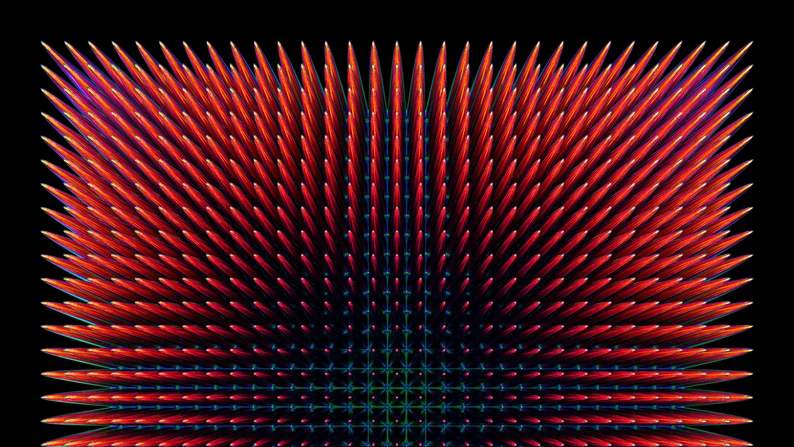The Impact of AI on the Art of Photography
Explore the impact of AI on photography, from image recognition to automated editing tools. Learn about the benefits and challenges of this technology in our latest article.
Mar · 2024

Photo by Werclive 👹 on Unsplash
Artificial intelligence (AI) is changing the way we take and interact with photographs. From image recognition to automated editing tools, AI is revolutionizing the field of photography. In this article, we’ll explore the various ways that AI is affecting photography and the benefits and challenges of this technology.
Image Recognition
One of the most exciting developments in AI and photography is image recognition. This technology allows cameras and software to automatically identify and categorize objects within a photograph. For example, a camera might be able to recognize a dog, a cat, or a person in a photo and tag it accordingly. This can make it easier for photographers to organize and search through their photos, as well as for social media platforms and other websites to automatically tag and categorize user-generated content.
Automated Editing Tools
Another way that AI is affecting photography is through automated editing tools. These tools use machine learning algorithms to analyze a photograph and make adjustments to improve its composition, lighting, and color. This can save photographers time and effort in the editing process, and can also help novice photographers take better photos. However, it’s important to note that these tools are not a replacement for a skilled photographer and should be used as a tool to enhance, not replace, the artistic vision of the photographer.

Benefits and Challenges
There are many benefits to using AI in photography, including increased efficiency, improved accuracy, and the ability to analyze and understand large datasets. However, there are also challenges and potential downsides to consider. For example, there are concerns about privacy and the potential for AI to be used for malicious purposes. Additionally, there is the risk that AI could replace human photographers and editors, leading to job loss and a decrease in the overall quality of photography. It’s important for the photography industry to consider these issues and find ways to balance the benefits and challenges of AI in this field.
In conclusion, AI is having a significant impact on the field of photography. From image recognition to automated editing tools, AI is changing the way we take and interact with photographs. These technologies offer many benefits, including increased efficiency, improved accuracy, and the ability to analyze and understand large datasets. However, there are also challenges and potential downsides to consider, such as privacy concerns and the risk of job loss. It’s important for the photography industry to find ways to balance the benefits and challenges of AI and to consider the ethical implications of this technology. Overall, AI has the potential to revolutionize photography and open up new possibilities for this art form. By embracing and adapting to these changes, photographers can continue to create beautiful and meaningful images that capture the world around us.









Add your first comment to this post